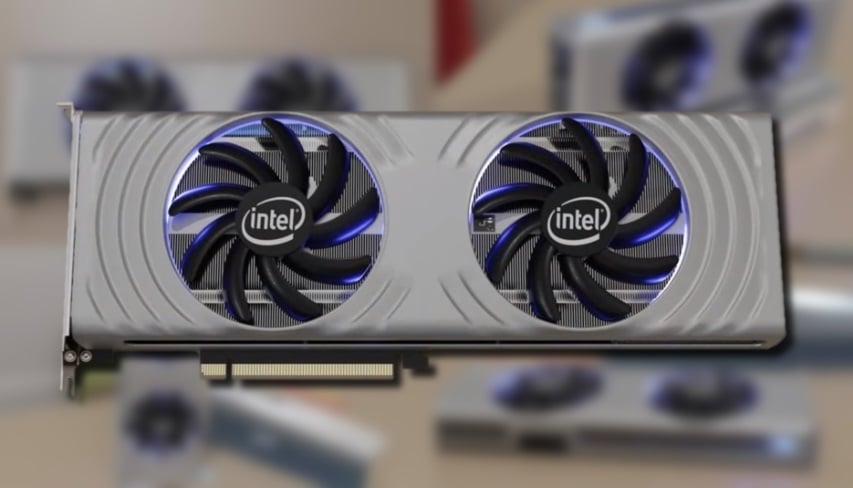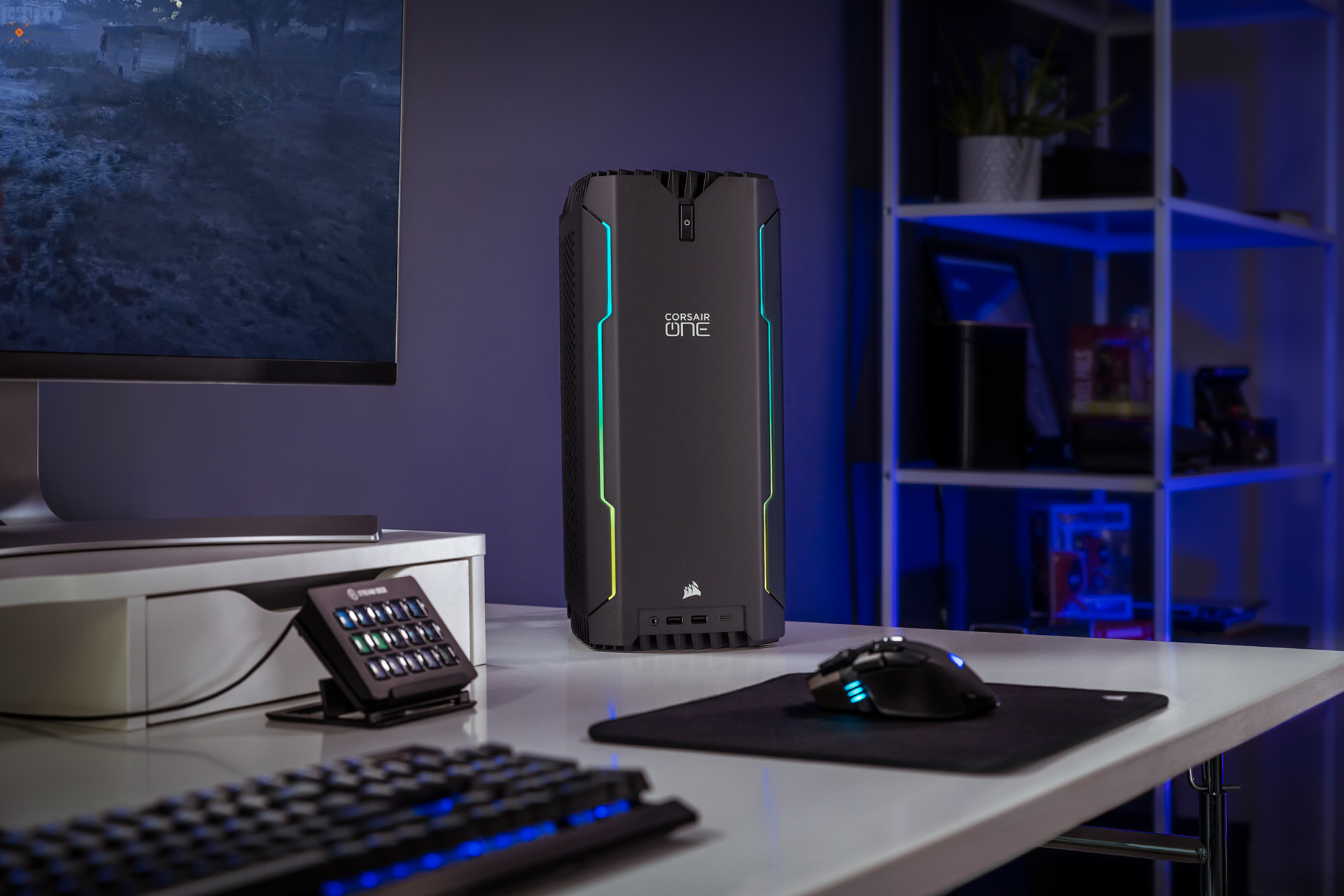Intel suddenly erased all mention of Q1 from its website, leaving just 2022, just days after reaffirming its intent to deliver Arc Alchemist discrete graphics processors in the first quarter of this year.
Could this suggest that Intel’s standalone GPU will be delayed? “We are targeting the first Alchemist products to come on the market in Q1 2022,” Intel said when we requested clarification (emphasis ours). This raises some questions regarding the impending release.
According to VideoCardz, Intel suddenly erased any mentions of the Arc Alchemist debut in Q1 2022 from its website. Intel’s Arc graphics solutions — hardware, software, and services — are currently slated for release in 2022. They were supposed to arrive in Q1 2022 just a few days ago. Some of these may be ready in the first quarter, but Intel appears to be concentrating on mobile GPUs, so we expect GPUs with 128 execution units (EUs, now also known as Vector Engines) to come first, followed by higher-performance parts.
Currently, it appears that Intel’s highest-end discrete GPUs for desktops with 512 EUs and possibly even 256 EUs will not be released in the first quarter. Meanwhile, notebook releases based on the same hardware are not often coordinated, so pledging to deploy all Arc Alchemist solutions in Q1 makes little sense, given that Intel cannot speak for its partners.
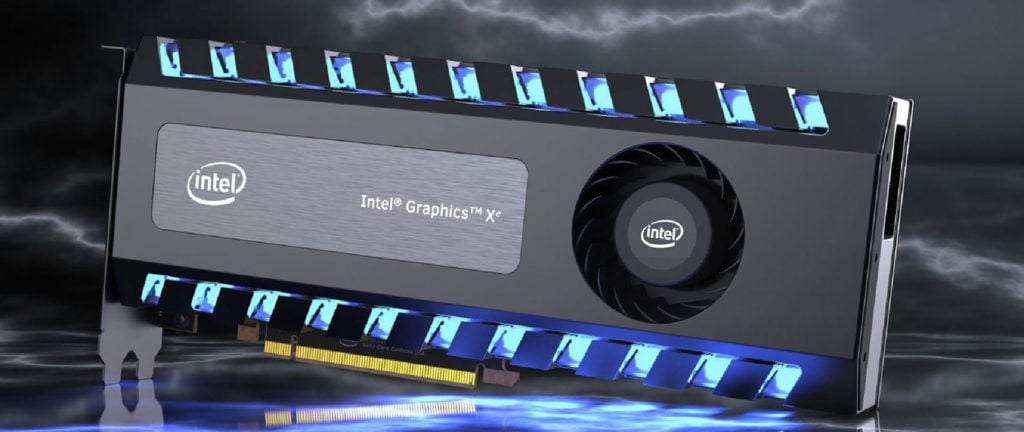
Let’s look at the history of Intel’s Arc Alchemist (aka Intel DG2) family and how the company’s rhetoric has changed over the last 1.5 years to understand why we believe Intel will start rolling out its new range with mobile GPUs first and why promising Arc in Q1 is not something Intel wants to do.
In August 2020, Intel announced the development of its Xe-HPG architecture for GPUs aimed at gamers, and a month later, rumors circulated that the company was considering releasing graphics cards based on the Xe-HPG in Q4 2021. Intel’s official statement about Xe-HPG-based products in 2020 ways that they will compete with the finest graphics cards based on AMD and Nvidia GPUs.
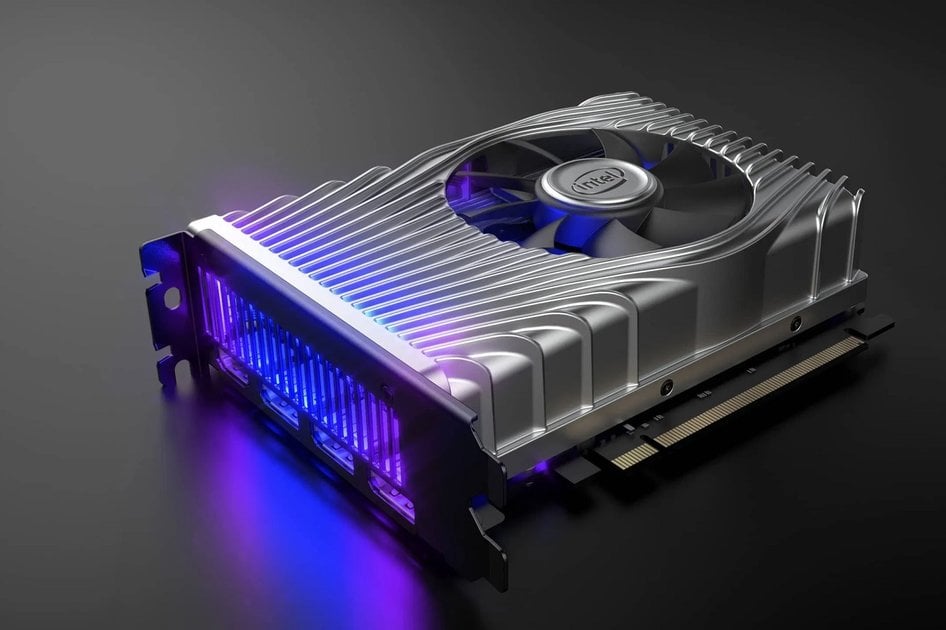
Early in 2021, the rumor mill shifted gears, pointing to very early 2022 as a possible release date for Intel’s DG2 desktop line. Intel eventually announced that it’s Arc Alchemist GPUs will be available in Q1 2022, although reports suggested that the company would push back the introduction of its desktop products from CES 2022 to March 2022.
This timetable was repeated by Intel earlier this week, albeit in a different context. Instead of demonstrating the gaming performance of its Arc Alchemist discrete graphics cards for desktops, the company exhibited the video encoding benefits that a standalone GPU can provide to an Alder Lake-based laptop. “More than 50 new mobile and desktop customer designs unveiled using Intel Arc graphics,” the company added, adding that it was “an exciting time for gamers and creatives around the world.”

Winning 50 designs with DG2 after perhaps half a dozen with DG1 is impressive, but it’s worth noting that mass-market PC OEMs don’t employ high-performance standalone GPUs, so we have no clue how popular those expensive discrete GPUs are among PC makers (especially suppliers of desktops). Meanwhile, Intel has made no mention of discrete desktop graphics cards. Furthermore, today’s content makers are more concerned with proper video encoding/decoding performance than with a high-end discrete GPU. Of course, gamers are still mentioned, but hardware makers frequently associate entry-level standalone graphics solutions with gamers as well.
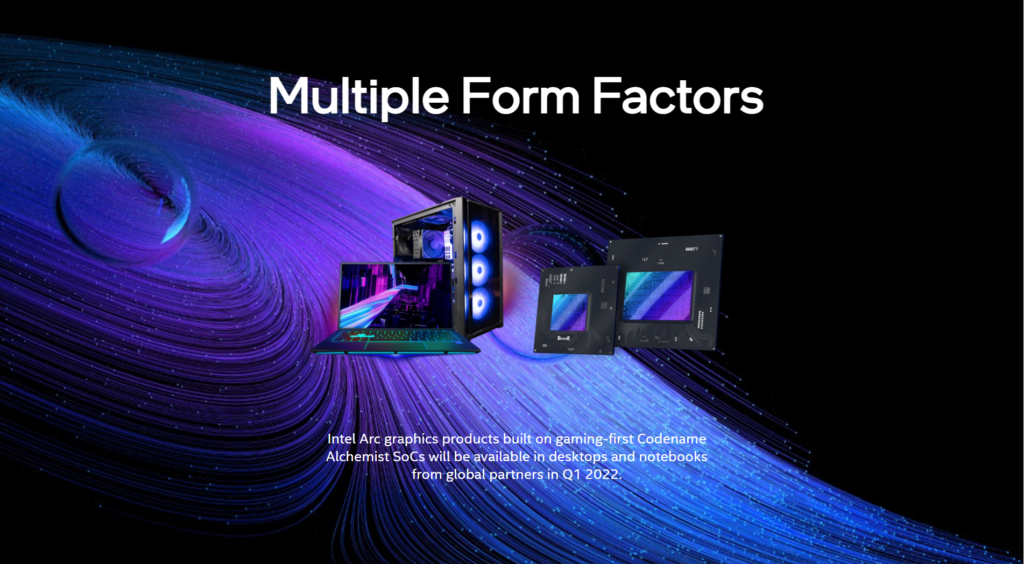
Now that Intel is focusing on laptops with standalone Arc GPUs and ignoring graphics cards for gamers, it’s important to remember that while discrete graphics processors for notebooks and desktops share the same silicon, they’re two separate products with different usage models and development goals. As a result, what works well on desktops may not work well on laptops and vice versa, and this applies to both hardware and software optimizations.
GPU IHVs focus on reliability, performance, and features while designing a standalone graphics card for enthusiast-grade desktops. To win reviews, this essentially translates to creating excellent drivers and a suitable GPU setup with high clocks. Ray tracing and upscaling/antialiasing technologies are attractive features, but gamers will never accept sluggish drivers or poor performance. Performance in games and the absence of driver malfunctions are more crucial than power consumption and bill-of-materials (BOM) prices.
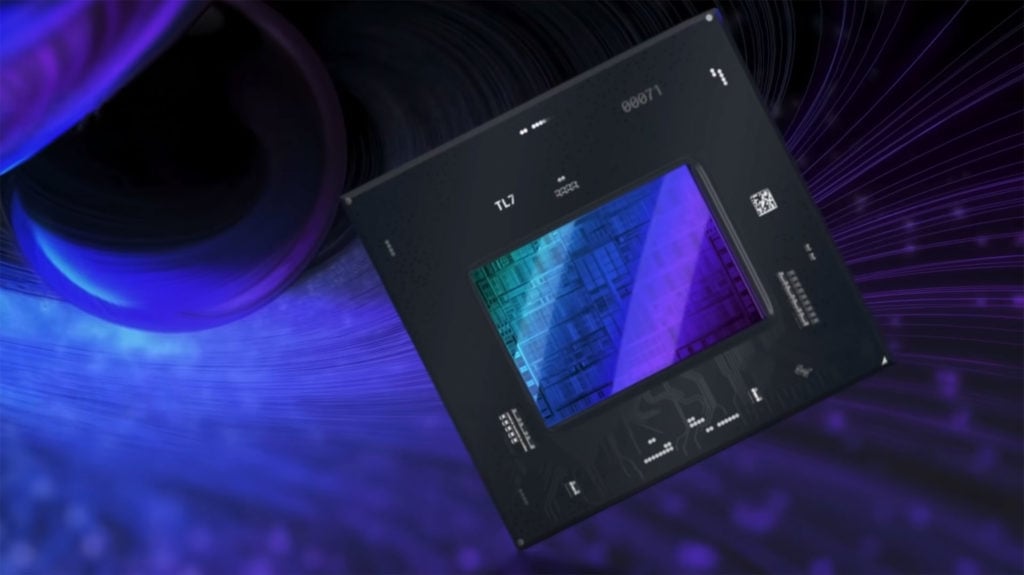
Things are different with notebook GPUs. Power consumption and heat dissipation are given top priority, which is why GPU manufacturers are sometimes forced to deploy engineers to help their partners integrate their chips into laptops to assure optimal reliability. Vendors often provide these chips in modest configurations and with decreased clocks to make it easier for PC makers to integrate these mobile GPUs.
Because laptops are used by considerably more people than desktop computers these days, it’s logical to suppose that they’re also used to dealing with a broader selection of software. IHVs must ensure compatibility with a greater number of apps, often at the expense of performance. Performance and game compatibility are still crucial, but not as much as they are with desktop GPUs. OEMs’ desktop discrete graphics cards are designed with identical purposes in mind as mobile GPUs, which is why we sometimes see strange configurations.
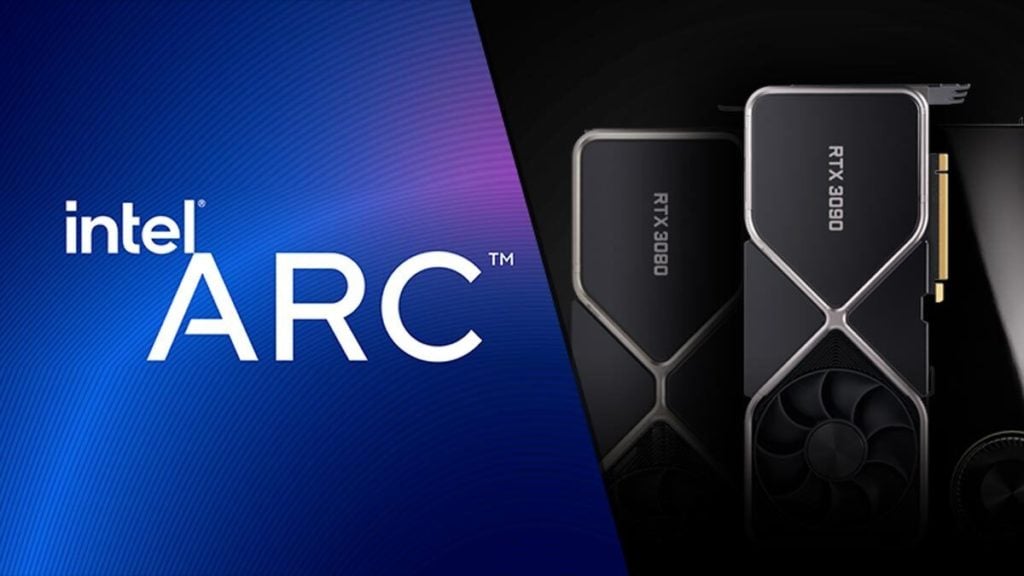
While Intel is a large company, it does not have endless resources, so if it wants to focus on creator laptops and OEM desktops first, it must prioritize the launch of smaller/energy-efficient parts and make the necessary preparations. Meanwhile, after introducing Alder Lake-based laptops (many with AMD or Nvidia discrete GPUs), PC manufacturers may not be interested in upgrading their ranges with Intel Arc-powered devices in just a few months.
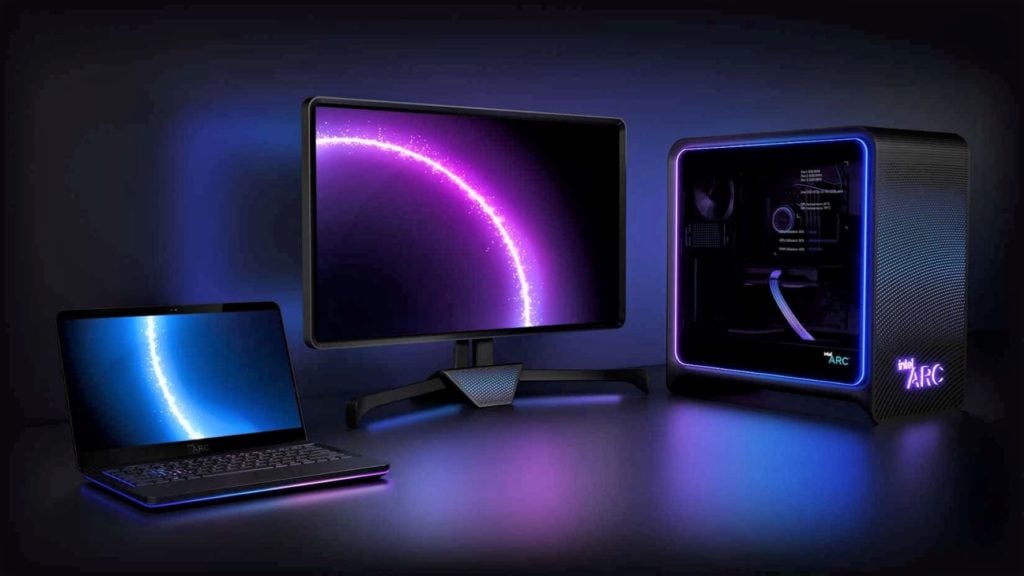
Assuming Intel’s larger discrete GPU hardware for desktops works as expected, reallocating resources from enthusiast desktop graphics cards to other products will have an impact on the former’s launch schedule, but don’t expect it to be significant because software optimizations benefit all graphics processors based on the same architecture. Even a month’s wait for high-end standalone graphics cards for desktop computers could annoy potential Arc Alchemist graphics card customers.
also read:
Dropbox finally starts the testing of its app on Apple’s new custom silicon powered Macs


